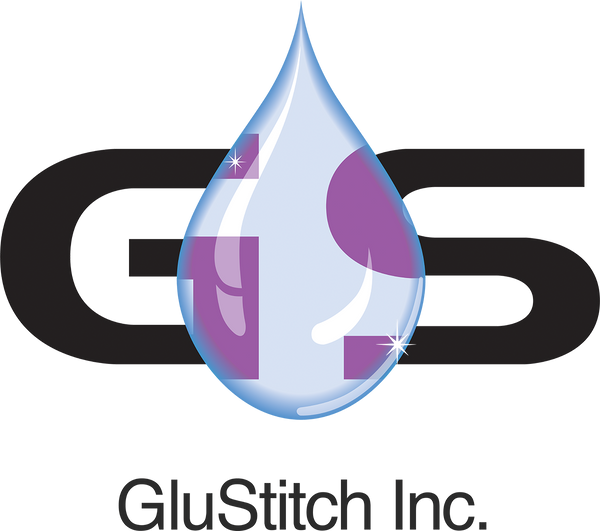Graft stabilization with cyanoacrylate decreases shrinkage of free gingival grafts
Background: The aim of this study was to comparatively evaluate three different stabilization methods with regards to the amount of shrinkage in free gingival graft.
Methods: Forty-five patients were included in three study groups: where stabilization was achieved with conventional techniques, cyanoacrylate or microsurgery. In the conventional group, standardized 5-0 sutures were used. In the micro-surgery group, grafts were stabilized with 7-0 sutures and loupe. In the third group, the graft was stabilized with cyanoacrylate. Keratinized tissue width, graft area, gingival recession were calculated by a specific software on standard photographs at baseline, 1-, 3-, 6-month follow-ups. Duration of surgery was also recorded. Pain in recipient and donor sites was assessed using visual analog scale within the first postoperative week.
Results: Change in keratinized tissue width was similar in the study groups at all times. Graft shrinkage was significantly less (p<0.05) in the cyanoacrylate group than the other groups, whereas those in the conventional and microsurgery group were similar. Significantly less pain in the recipient site was reported by the patients in the cyanoacrylate group(p<0.05). Duration of surgery was significantly less in the cyanoacrylate group than the other groups (p<0.05).
Conclusions: Less graft shrinkage in the free gingival graft, together with shorter surgery time and less pain in the recipient site obtained in the cyanoacrylate group, suggest that cyanoacrylate may be considered as an alternative for stabilization of free gingival grafts.
To read up on the full details of graft stabilization with cyanoacrylate, click here.
